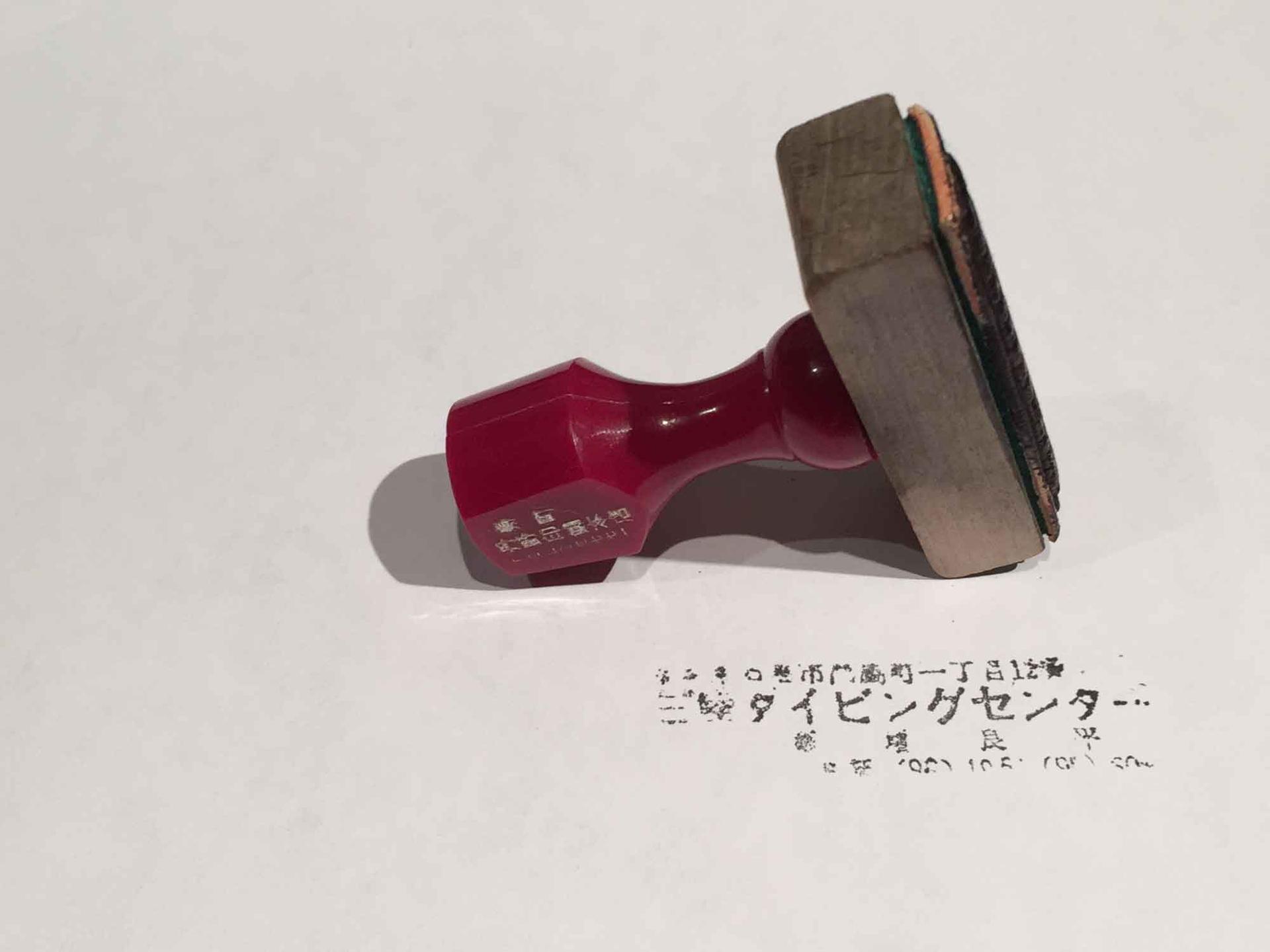Marco Werman: The tiny item I kept amid a sea of destruction
The grubby, stubby handle lay on its side, a speck of dust, unnoticed in the breathtaking sweep of damage in this fishing city. There was no mistaking the shape: It was a rubber stamp of some sort. I bent over to pick it up. I saw Japanese characters and numbers, maybe a telephone for a business.
I was in Ishinomaki, Japan, in 2011, just weeks after an earthquake and tsunami leveled cities like this one.
There was macro-destruction: Whole ships tossed up by the monster waves, dumped on land, still there months later. Block after block past what used to be homes of people who worked nearby in the fish and whaling business. As I walked by the deserted streets, the damage felt endless, equally affecting all.

Miraculously, Aya Sayeki and her family’s house didn’t get smashed like everything else in front of it. Water had blasted through the floor in the living room like fire hoses when the tsunami roared through the neighborhood, Ms. Sayeki told me. But when the waters finally receded, her house remained standing. She and her family were at a loss to explain why. Or why they were still alive when 3,000 others were dead.
Death was totally random on March 11. I wasn’t there, but you could still feel it. Even in the car I drove in from Tokyo to Tohoku, the GPS was still programmed to a pre-3/11 landscape, announcing points-of-interest that were no longer there, just geographic ghosts, and yet right across the street, a restaurant was upright and still serving curries.
Ghosts were also just below my feet, the micro-destruction. Think about all your stuff, and what might get washed out your own doors and windows, into the street: Old records and CDs, books, photo albums, business documents, baby toys, pots and pans, a piano keyboard. Or this rubber stamp, resting in my hand, a tool someone else once held in their hand. I had no idea what it had been used for.
On that day in Ishinomaki, I needed to hang onto some drop of life from a place that had lost a lot of it. When I look at that stamp now, I wonder about the person who once used it, and I am humbled before the piece of someone's life that this piece of flotsam represents.
UPDATE: After this story was posted, I learned from my producer in Japan, Emily Taguchi, that the stamp had belonged to Ryohei Tokumasu, owner of Sanriku Diving Center — which is what the main part of the stamp read. Tokumasu, 67, survived the storm and did more than 300 dives after the tsunami at the request of police and insurance companies.
Marco Werman is the host of PRI's The World. He was reporting in Japan for this story for Frontline.